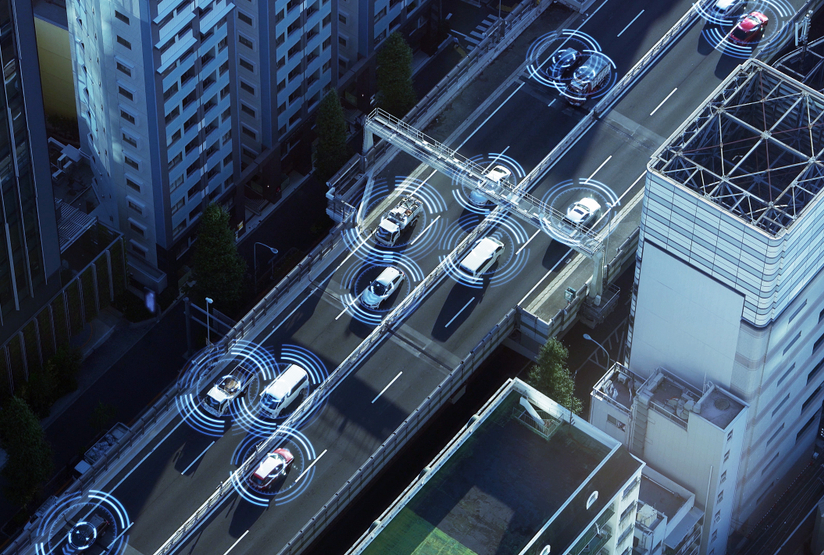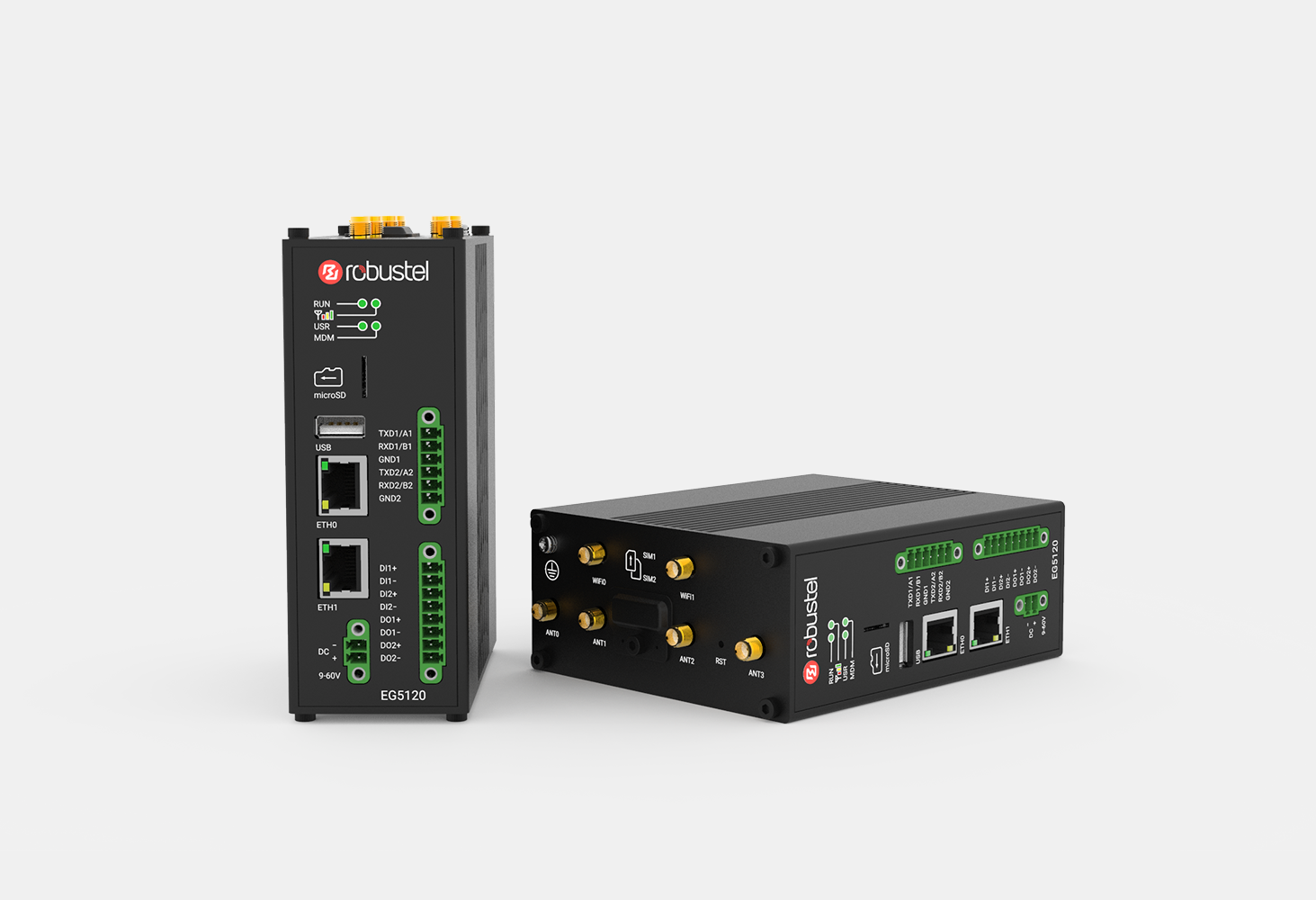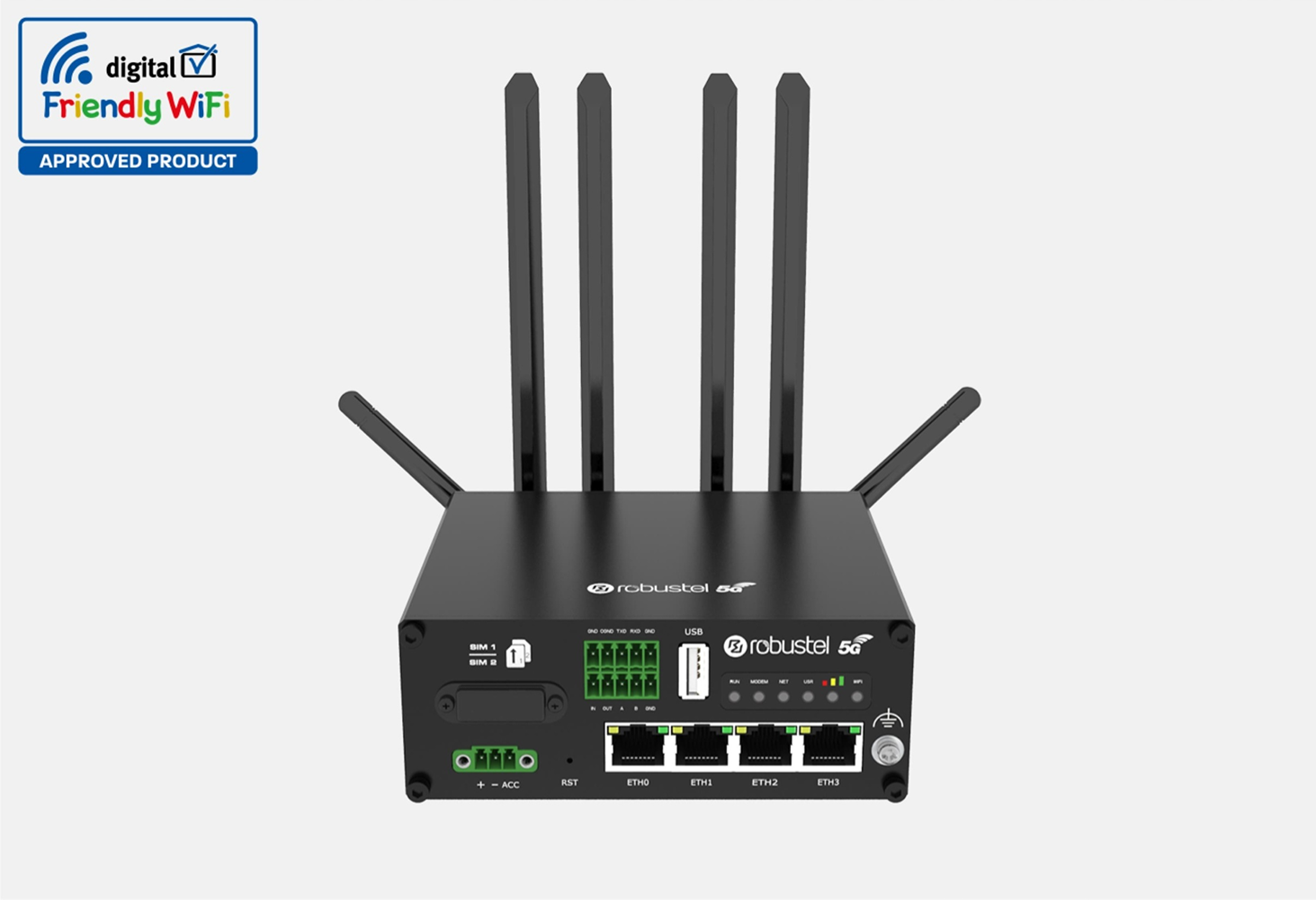5G is spearheading the digital transformation, promising to deliver better connectivity and reliability. Many industries are set to benefit in different ways - from agriculture to warehouses and smart cities. Another industry that can make the most of the capabilities of 5G is connected autonomous vehicles.
Autonomous cars are set to shape our roads - making them safer and far more efficient for drivers and passengers. These smart cars are set to decrease the risk of accidents, improve traffic efficiency and offer great convenience for passengers.
The combination of 5G and autonomous vehicles opens up even more opportunities, promising to strengthen the capabilities of self-driving cars. Let’s take a look at the future of autonomous vehicles as 5G is rolled out globally.
How is 5G used in autonomous vehicles?
Wireless communications create an ecosystem of advanced technologies like sensors, high speed-information systems and networks that enable things like vehicle-to-vehicle communication, or vehicle-to-network communication.
5G can act as a foundation for autonomous car networks, helping to keep vehicles, infrastructure, drivers and pedestrians connected. Autonomous cars then utilise the high-speed 5G network, low latency and capacity to carry large amounts of data to become smarter and more efficient.
There are plenty of use cases for 5G in autonomous vehicles. One example is connecting public transport with facilities. Sensors can be used on a 5G connection to transmit location data and other diagnostics that provide passengers with real-time updates about their service.
Another example is emergency response. Connected networks can be used to enable communication between vehicles and infrastructure. Information can be communicated with the vehicle such as traffic conditions, which will help commuters avoid traffic congestion and enable faster, more efficient travel.
5G and vehicle networking
Wireless communication technologies deliver the benefits of 5G through different methods. Let’s take a look at the main methods below.
Vehicle-to-Vehicle Communication (V2V)
Autonomous vehicles directly communicate with each other, sharing information about traffic conditions, collision warnings, and road conditions. For example, using V2V, vehicles can be connected in a convoy. The first car can pass alerts onto following cars about hazards, so they can slow down or take an alternate route.
Vehicle-to-Infrastructure (V2I)
This form of communication sees vehicles connected to infrastructure like traffic lights, road signs and street lights to share information about traffic conditions. It can also be used to communicate weather warnings and clearance levels of bridges. V2I transmits data alerts to drivers so they can be warned about dangers ahead on the road.
Vehicle-to-Everything (V2X)
V2X encompasses all connections like both V2V and V2I. V2X technology makes every vehicle on the road smarter by enabling communication with all other networks. V2X can also be used to improve convenience by automating payments for tolls and parking.
While V2V, V2I and V2X are considered to be the main forms of vehicle communication, others do exist. These innovations include:
- Vehicle-to-Network (V2N). Enables communication over cellular networks to connect drivers to emergency services and other base stations.
- Vehicle-to-Grid (V2G). Vehicles communicate with the power grid to charge during off-peak hours.
- Vehicle-to-Pedestrian (V2P). Enables communication with pedestrians to warn of approaching vehicles.
Advantages of 5G in cars
5G uses higher digital radio frequencies, which means they can transfer much more data for faster downloads, uploads and the ability to connect more devices to a network without creating congestion. Other advantages include:
- Increased safety
- Less traffic congestion
- Shorter travel times
- Real-time data and updates about driving conditions
- Less fuel usage
- Lower carbon emissions
On a consumer basis, there are also plenty of advantages of owning a 5G connected car like:
- Faster parking
- Improved convenience and accessibility
- Improved fuel consumption
- Predictive maintenance on vehicles
- Ability to locate vehicles easily in case of theft
What about 4G?
IoT applications rely on real-time communication. Compared to 5G, 4G networks are prone to network density, and can slow down during high-network traffic. The low latency and high-speed data transmission provided by 5G makes all the difference for IoT applications like autonomous vehicles.
What is the future of autonomous vehicles?
As infrastructure is rolled out, and it becomes increasingly available, will 5G connected cars become the new standard?
5G connected cars are already hitting the streets. Recent pilots have shown that self-driving cars utilising 5G were able to navigate through busy streets by communicating with other vehicles, traffic signals and sensors that alert pedestrians or other hazards. 5G also opens up external communication with operators that act as a traffic controller. These operators can control the car without needing to be inside, or near the vehicle.
While there are promising advancements, 5G connected cars won’t go anywhere without the right infrastructure. Communication networks and systems will need to be transformed, to keep pace with the changing digital landscape.
Read more Robustel blogs on the use cases for 5G and how your network can make a seamless transition to 5G.



